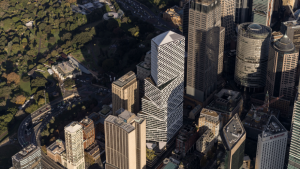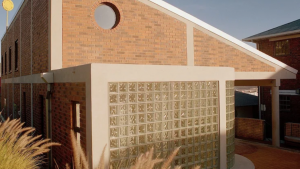The third instalment of The Architectural Review’s Architecture and Water documentary series, made in collaboration with The Old Royal Navy College, looks at how the Thames River could be utilised by the public to the greatest effect in the future.
Phineas Harper, assistant editor of The Architectural Review, sums up the problematic relationship between London and its river as one of “collosal missed oppertunities”.
This is is a public space that is seven times the size of Hyde Park, but for the vast majority of us, all we will ever do is look at it from a distance, Harper notes.
The city’s official attitude has been “look but don’t touch” since the waterway was declared “biologically dead” in the 1950s.
Over the years the Thames went from being a centre of commerce to an empty artery running through the city. There have been some public voices advocating for the idea of using the river for transport and increasing connectivity in the form of extra bridges.
These crossings have the potential to be invested with social signifcance, as Tom Holbrook, director of architecture firm 5th Studio, puts it: “London’s great bridges […] tend to be places in themselves, places of exchange, that sponser activity – not only on the bridge itself but at the bridge heads.”
Furthermore, John Robertson, founder of John Robertson Architects suggests that “the river could become an area where people actually undertook recreational activities”.
Ideas such as floating pontoons for swimming could give people the opportunity to experience the expansiveness of the water. There has also been talk of floating islands that can take advantage of tidal power and provide extra space for housing or leisure.
“This waterway is in better shape than it has ever been before,” notes Chris Romer-Lee of Studio Octopi. “We need to seize the moment and give this waterway back to Londoners.”







